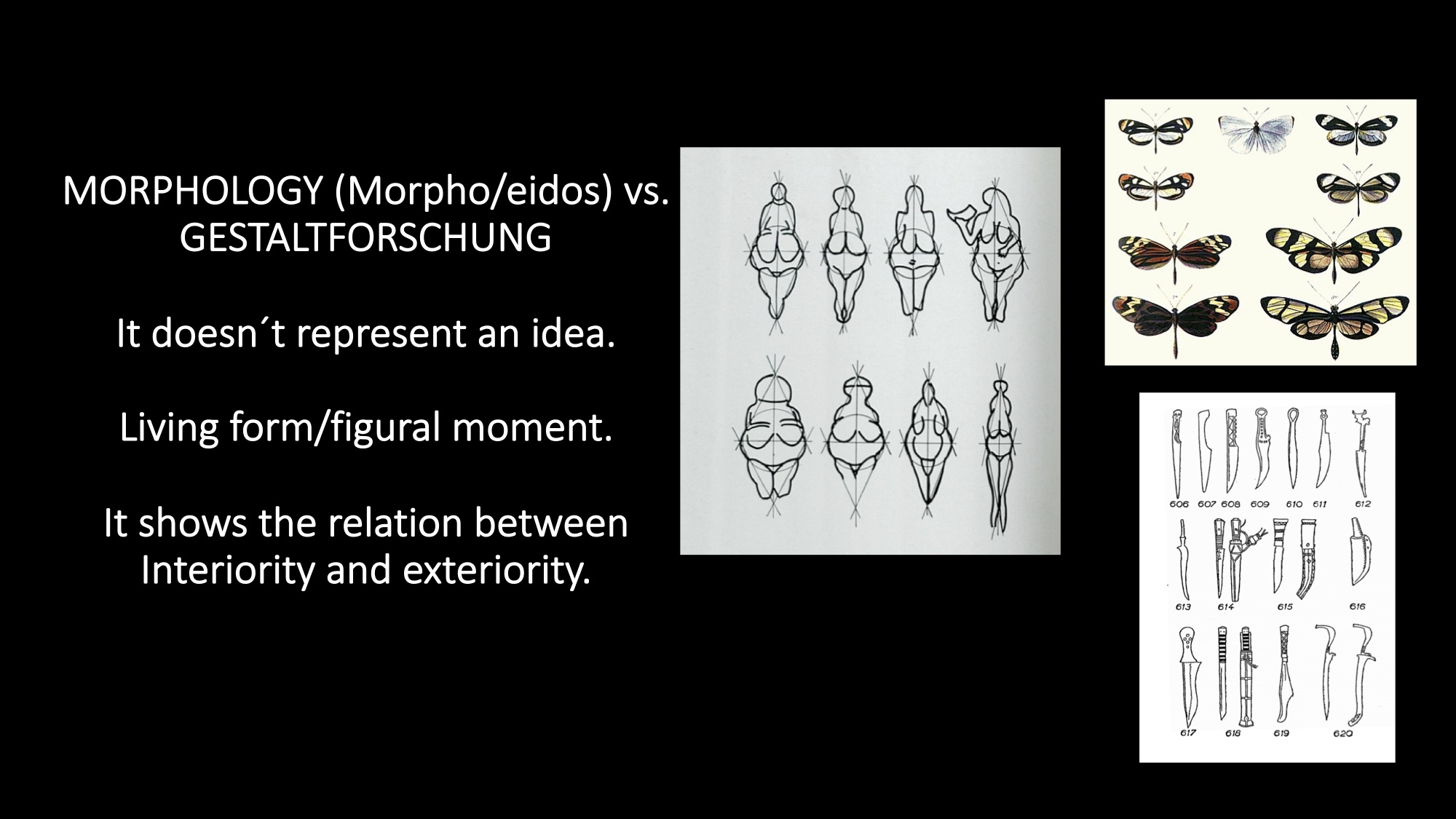
About the shape and form of enlarged female markings in Palaeolithic figurines.
Keywords: prehistoric figurines, externalization, artefacts, art objects, form, shape, representation order.
The first human representations in history are female figurines. This work intends to focus particularly on this fact. A large number of sculptures with female characteristics ranging from 3.5cm to 22cm is preserved dating from a period of about 40,000 to 12,000 B.C.E. This includes the Venus of Hohle Fels (40,000–35,000 B.C.E.) and the little bit younger Venus of Galgenberg (32,000 B.C.E.), which are amongst the oldest representations of the human body in the world.
These figurines display distinct differences in their physique. From slim, narrow and flat-chested sculptures through figures that strongly emphasize the buttocks, there stretches a long history of feminine forms in art. The diversity found in these figurines means one should be wary of imposing a uniform discourse on their representation and meaning. And yet an essential feature is shared by them all: body parts that are excessively large in relation to the the art object as a whole. What is striking about their shape is that other parts, such as the arms, head and feet, are neglected in favour of emphasizing certain other parts, such as the female genitals and breasts. The particular accentuation of body parts such as the buttocks, stomach and breasts have led scientists to conclude that they are meant to symbolize fertility, and to emphasize the narrative of a predominant elemental character of the ‘great feminine’ in the figurines. Contemporary archaeology indicates variety and diversity in the figurines’ morphology and forms of presentation. Consequently, their meaning and history should be expanded and discussed on a more complex level of interpretation. To this end, this article addresses the question of the order of representation of figurines of the Palaeolithic Age by paying particular attention to their morphology.
The insight gained from the semiotic turn is that the meaning of an expression – whether it is an image or a form of linguistic mediation – is not synonymous with its representation. A created sculpture, just like a voiced form of speech, is an outwardly expressed system of signs in which the organized matter takes on a certain form. The fact that the externalized form represents an idea goes back to the classical hylomorphic schema, where the form, as the embodiment of an idea, informs the matter and thus this represents an idea. In contrast to this kind of representation model, the task here is to reinterpret the figurines with female attributes to a system of signs outside the hylomorphic schema by ascribing a meaning to them, but not the representation of an idea.
Based on this methodological reference, the question arises as to what the signs demarcated the figurines as female stand for. Shape and form do not constitute an idea. Instead, they comprise the expression of a life form (Husserl) or a snapshot of organized matter (Bergson). Within this context, forms are to be seen as conspicuous statements, as exteriorizations referring to a expressed worldliness.
This work pursues the hypothesis that the female demarcated signs of the Paleolithic age suggest expressions of a matrixial imaginary. Is the externalization of an imaginary the expression of a work of art?
